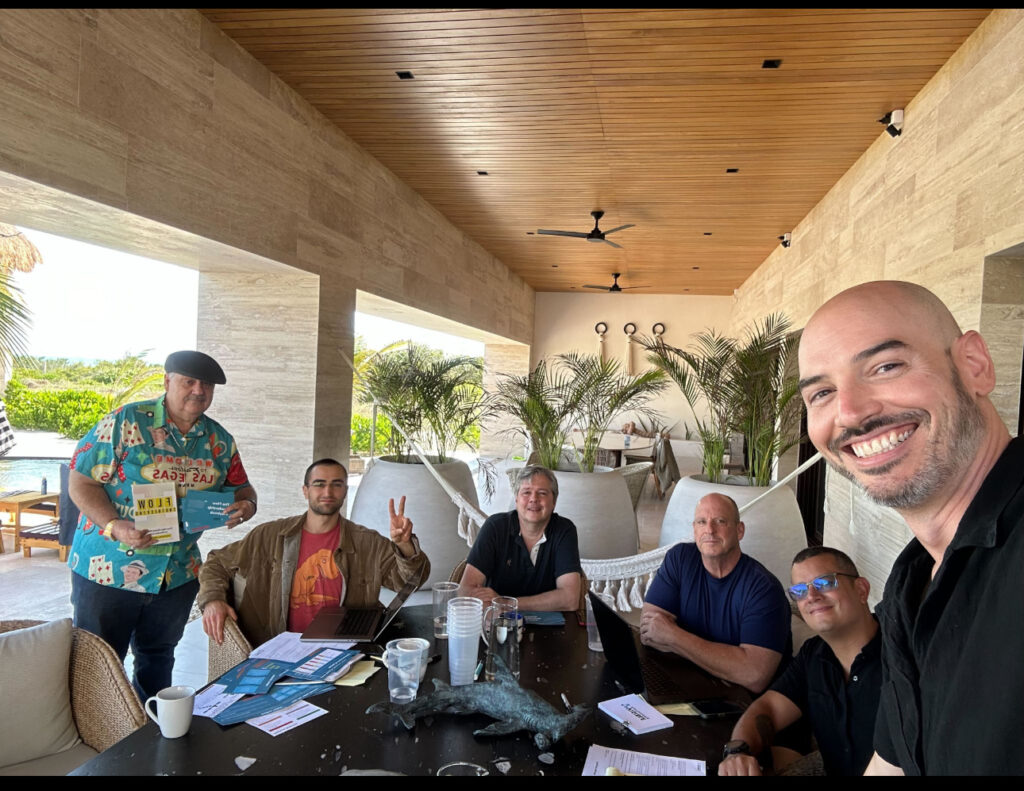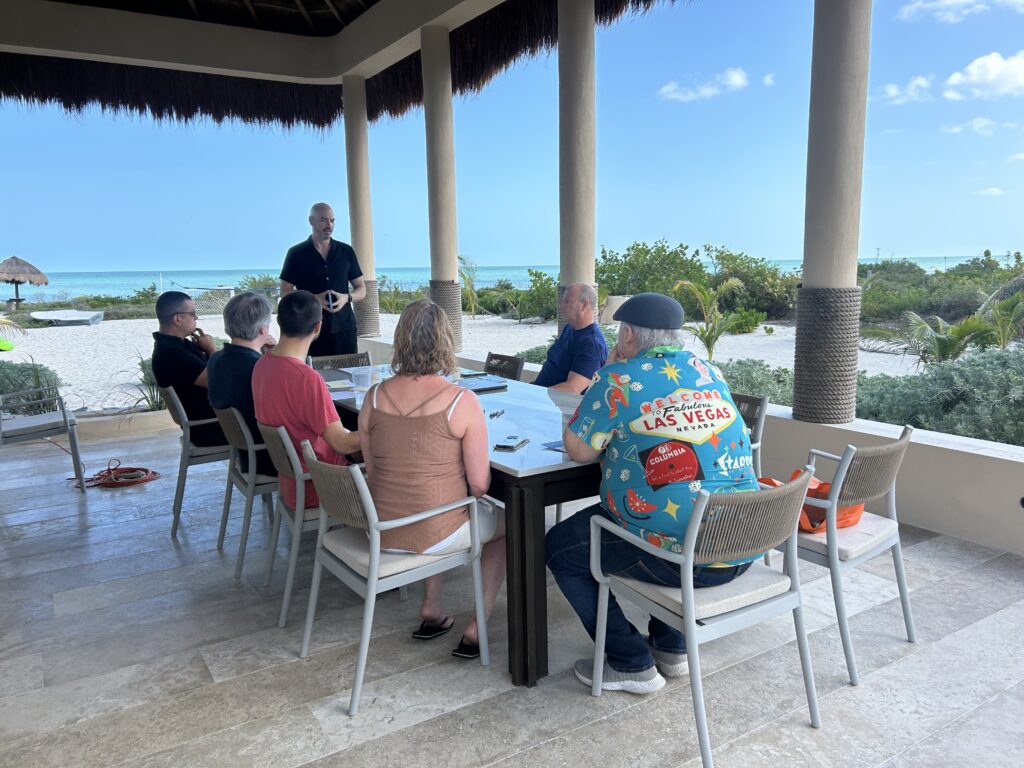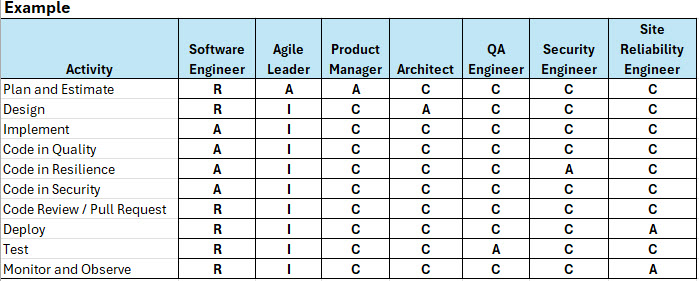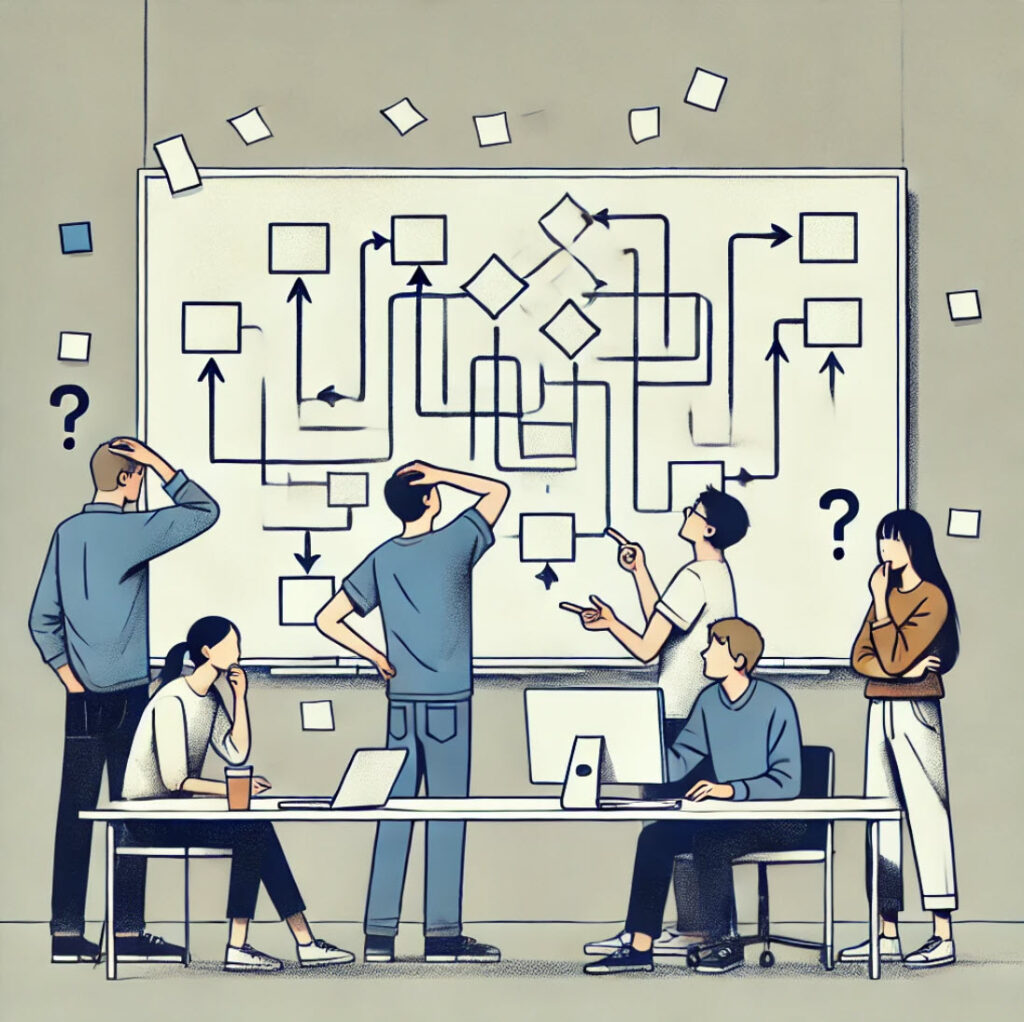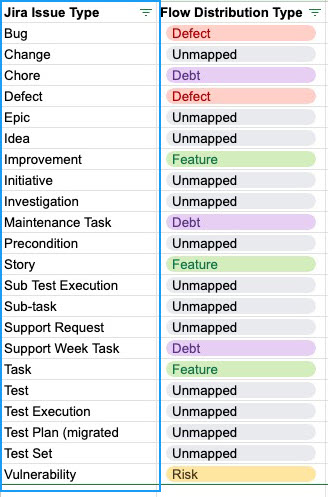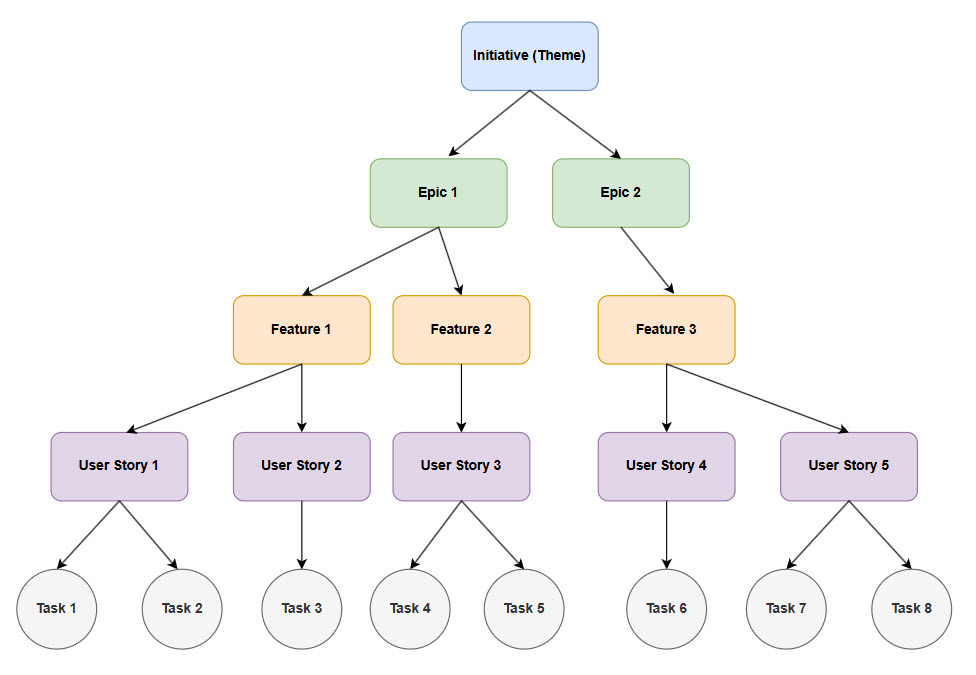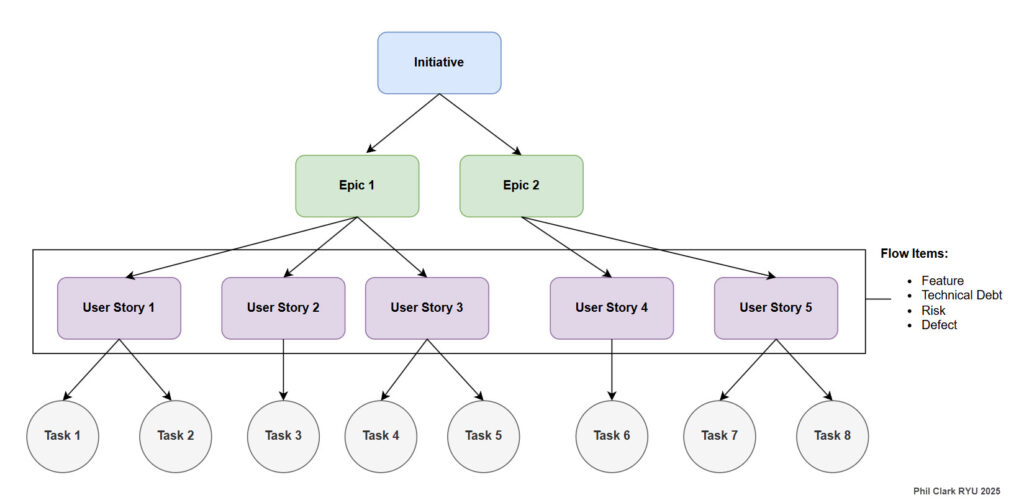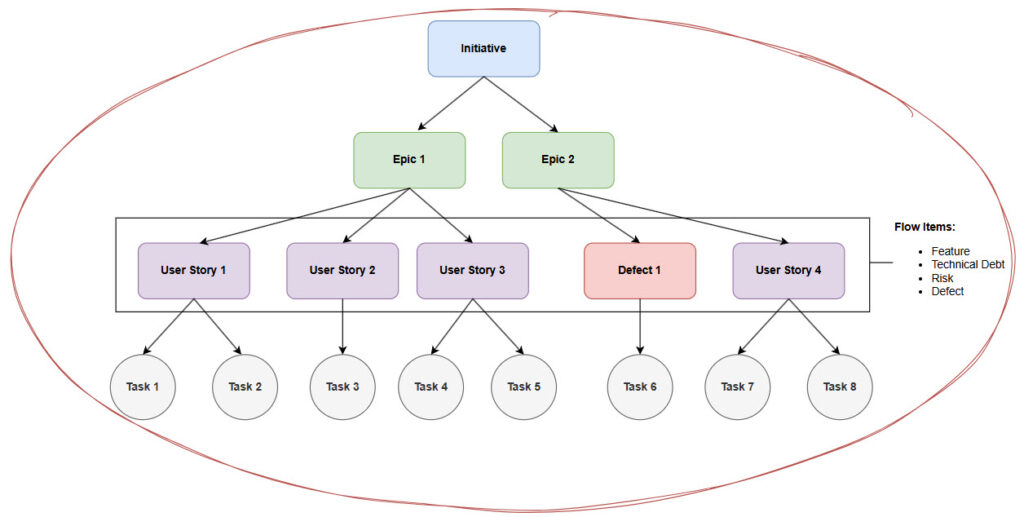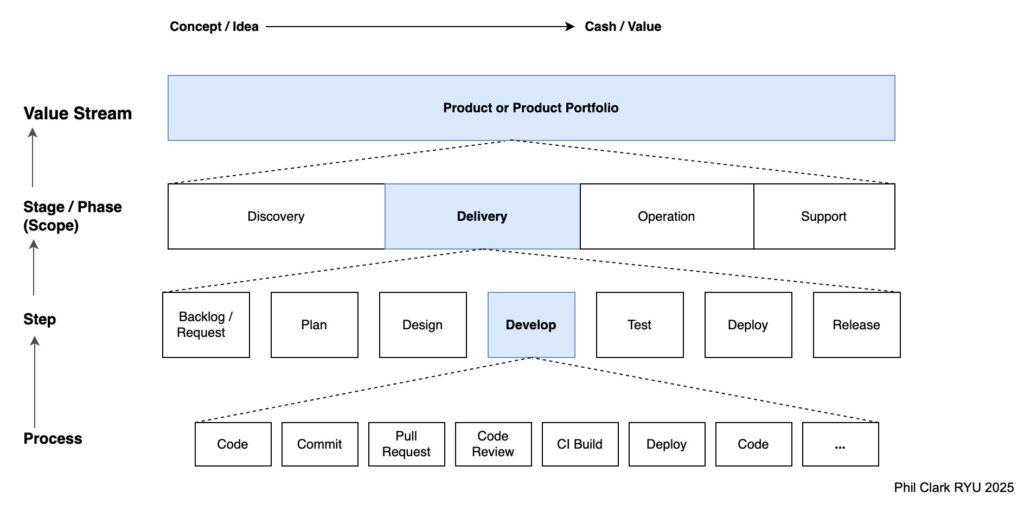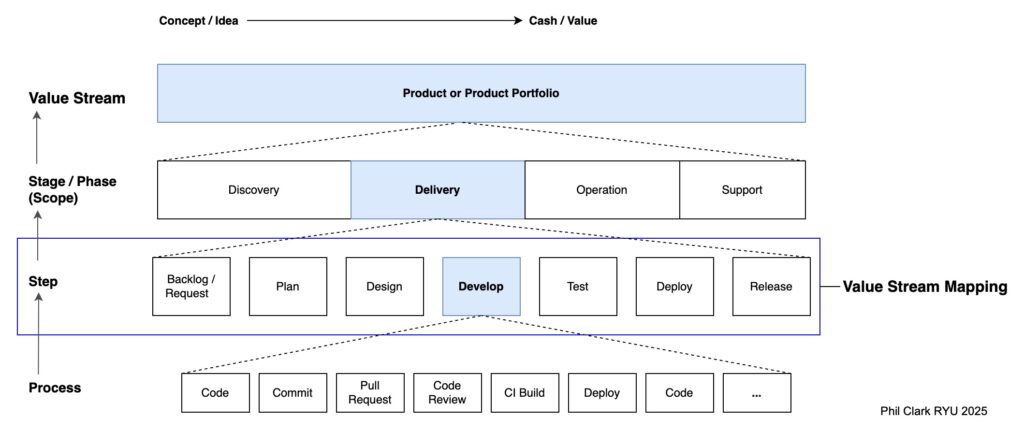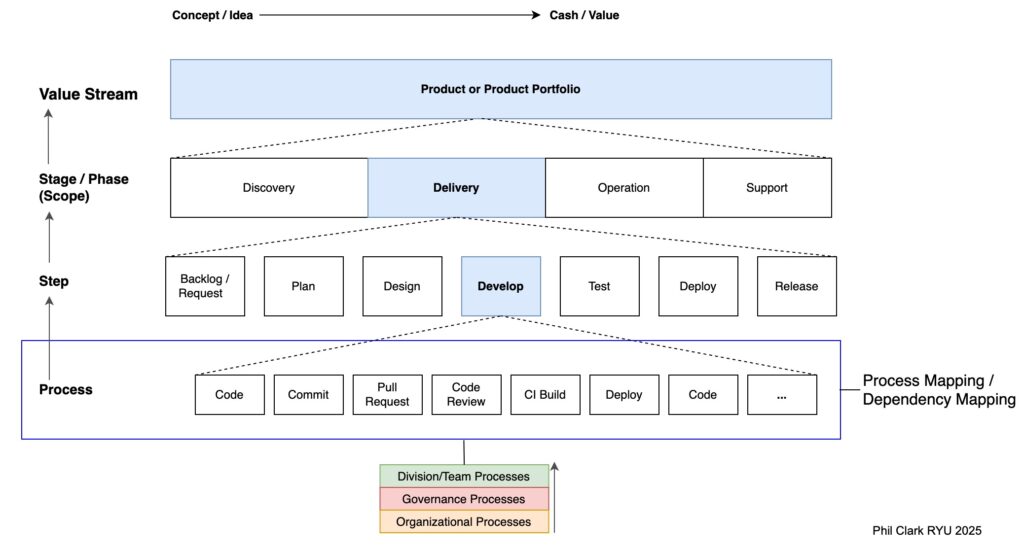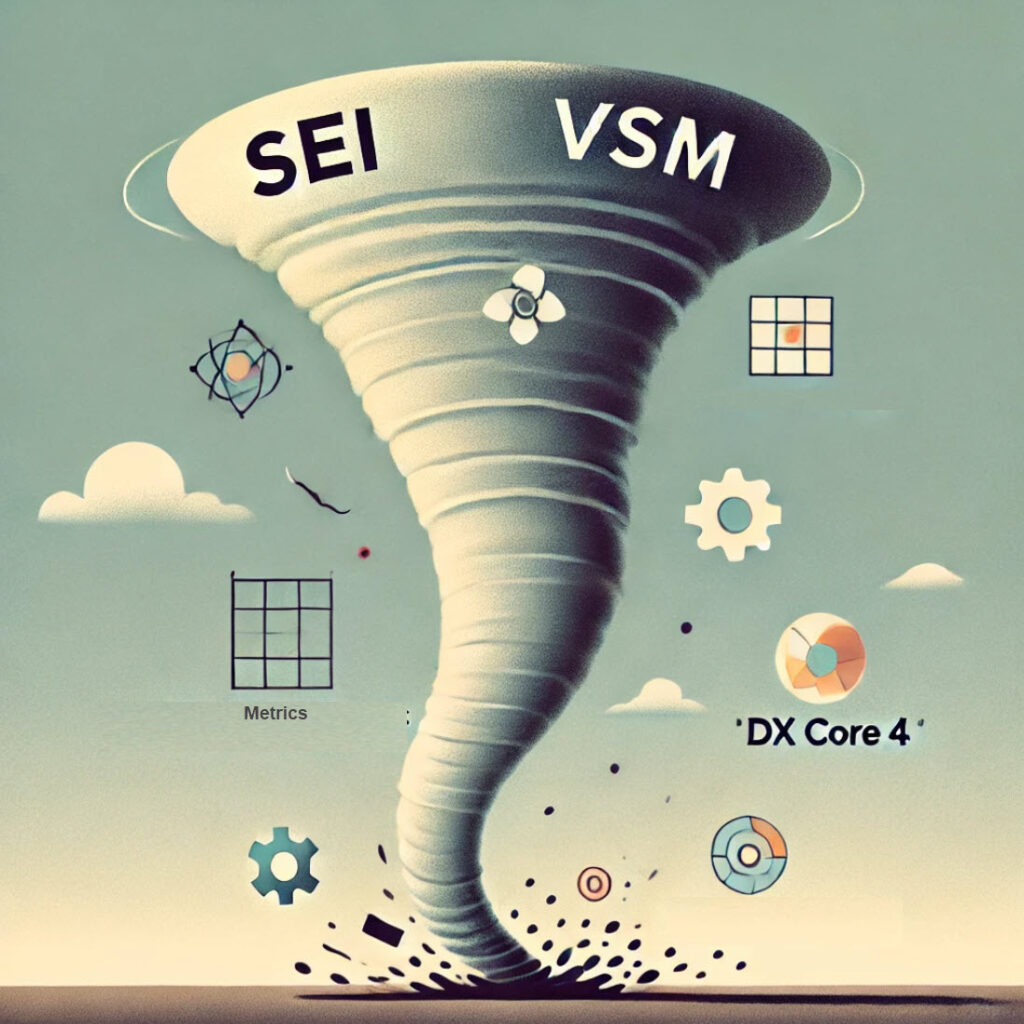10 min read
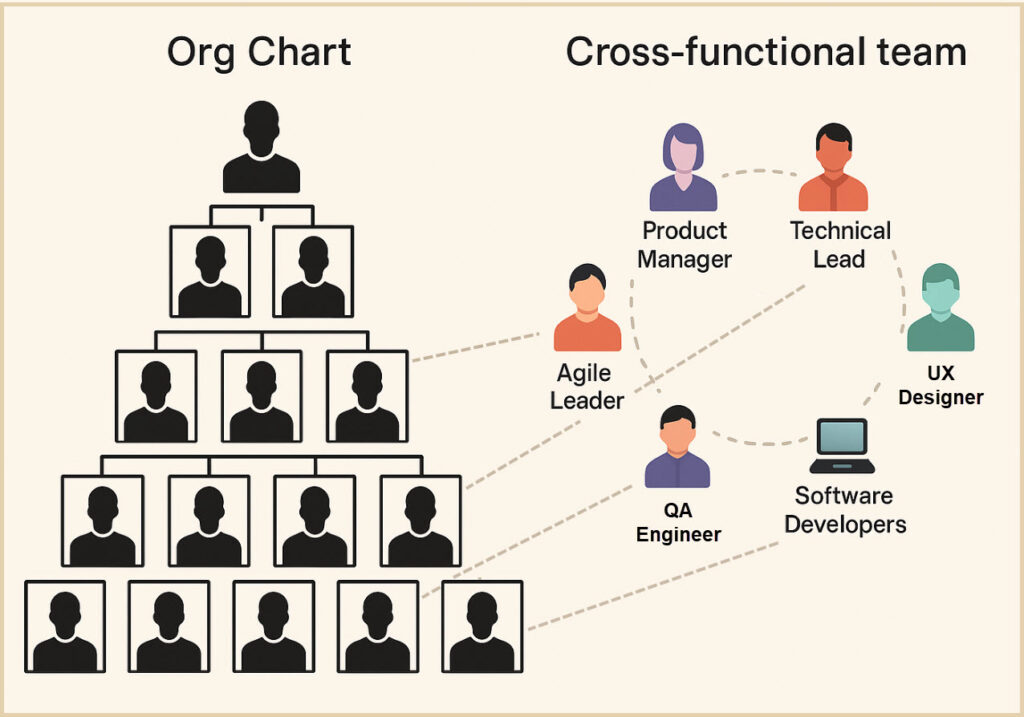
Many tech companies follow modern delivery practices but still use outdated methods, especially in team structures and leadership roles. This article, inspired by a recent conversation with a senior technology leader, challenges a common belief: Engineering Managers must manage the delivery team members and lead as the top technical expert.
Drawing from real conversations, post-acquisition integration stories, and years of experience designing autonomous teams, I share why our division intentionally separates people management from delivery and how this model scales, empowers teams and builds a high-trust and high-performance culture.
This approach isn’t about right or wrong; it’s about being clear about the mindset you’re scaling.
In software engineering and digital product delivery, organizations usually choose between two main team structures:
- Engineering Manager Model: The EM model is a traditional hierarchy in which an Engineering Manager leads each delivery team, overseeing technical direction and people management. The EM collaborates with a Product Manager and supervises developers, holding accountability for the team’s performance and delivery. This model centralizes decision-making and technical expertise within the EM role.
- Autonomous Cross-Functional Teams: Inspired by frameworks like Team Topologies1 and the military philosophy behind Team of Teams2, this approach asembles small, self-sufficient teams with all the roles necessary to execute a plan, developers, designers, QA engineers, product managers, and more. These teams operate with a high degree of autonomy, fostering agility, ownership, and rapid decision-making.
The shift from the Engineering Manager Model to Autonomous Teams represents a larger change in leadership, moving away from strict hierarchies toward more flexible and empowered teams.
Let’s be clear: neither model is inherently right or wrong. They’re both valid choices. The key is being deliberate about which mindset you’re scaling.
I’ve chosen to invest in autonomous, cross-functional teams without embedded Engineering Managers because, in our context, this approach enables us to deliver more effectively. And I’m not alone. Others swear by the EM model. Now you know where I stand.
Comparing the Two Models: Pros & Cons
1. Engineering Manager Model
Pros:
- Clear accountability from a single leader
- Strong technical mentorship if the EM is highly skilled
- Alignment between team performance and people management
- Familiar structure for many leaders from traditional orgs
Cons:
- Risks creating “unicorn” roles that are hard to fill
- Can unintentionally reinforce top-down control
- May discourage team autonomy or distributed leadership
- Blurs lines between mentorship and authority, creating tension
2. Autonomous Cross-Functional Teams
Pros:
- High autonomy and ownership at the team level
- Encourages collaboration, experimentation, and collective leadership
- Managers can focus on coaching and career development
- More scalable for organizations that prioritize agility and flow
Cons:
- Requires strong role clarity (e.g., Tech Lead vs. Product Manager vs. Agile Leader)
- Needs a mature culture of trust and psychological safety
- May be unfamiliar or uncomfortable for legacy-minded leaders
- Tension may arise when interfacing with traditional models
A Moment of Misalignment
I encountered a situation that reminded me how deeply embedded traditional leadership models can influence even the most forward-thinking organizations.
I met this past week with an executive whom I respect and his other senior managers. He’s a smart, strategic leader deeply invested in modernizing his organization’s tech stack and advancing toward a cohesive platform vision. In many ways, he’s working toward the same goals I care about: better systems, aligned priorities, and modern delivery practices.
But during the conversation, the executive, knowing how I’ve structured my teams, politely but firmly challenged my approach. He said, “No disrespect, but I believe every team must have an Engineering Manager who is also a strong technical leader, at least at the Principal Engineer level.” His tone carried conviction and genuine passion for the model he believed in. He’s not alone; many seasoned leaders feel the same way.
The executive explained his point with an example: Who would you rather have leading an accounting team, an accountant who learned the trade 10 years ago and now mainly manages people, or an accountant who is fully up-to-date with the latest practices and at the top of their game? While the comparison isn’t exact, the message was clear and easy to understand.
Still, at that moment, it felt like a direct, if respectful, challenge to the model I’ve spent years building, a model rooted in autonomy, distributed leadership, and cross-functional collaboration. Our models agree on the value of highly skilled, technically exceptional team members. The difference is where that expertise lives. His model places that expectation on the manager, which risks promoting great engineers into management roles they aren’t suited for simply because they’re the most technically talented.
In contrast, my model ensures that technical excellence exists within the team but not necessarily in the manager’s seat. I prioritize having one or two highly skilled engineers on each team who act as technical leads, role models, and mentors without requiring them to manage performance or careers. This distinction protects both the integrity of leadership and the team’s health.
I believe our chosen structure works better, but this discussion reminded me that leadership models are rooted in deeply held philosophies. When those philosophies clash, tensions can arise that aren’t always easy to resolve.
The Modern Trap of “Experts at the Top”
What stood out to me wasn’t just the team structure he advocated. He firmly believed that every Engineering Manager should also be a highly skilled technical expert, ideally at the Principal level. According to him, these managers don’t simply “manage people”; they serve as the technical backbone of the team, providing guidance, support, and expertise that others can rely on and learn from.
At first glance, it sounds reasonable, even admirable. Who wouldn’t want strong technical leadership?
This belief highlights a bigger problem: it sets up an unrealistic expectation for someone to be a top-notch engineer and an excellent people manager. The truth is, those who excel at technical mastery often aren’t interested in managing others, and many who take on the role may struggle with the people-focused side of it. Being great at technical work doesn’t automatically make someone a great manager, nor should it have to.
“When we expect Engineering Managers to be both top-tier coders and top-tier people leaders, we create a unicorn role, rare to find and hard to sustain.”
Having highly skilled, possibly Principal-level engineers embedded in a team is a huge advantage. However, I strongly disagree that those individuals must also be the team’s manager. In most cases, the best technical experts shouldn’t be managing others but teaching, mentoring, and building alongside team members. Often, these seasoned engineers serve as the team’s technical leaders and mentors.
His EM model asks that every engineering manager not only lead but also be the best practitioner on the team. But we don’t apply that expectation to every function. We don’t expect the best CFOs to reconcile spreadsheets, and we don’t require the best individual contributors to also manage careers.
“Just because someone is excellent at their craft doesn’t mean they should lead the team. And just because someone leads doesn’t mean they must be the best at the craft.”
“Having elite talent on the team is essential, but that doesn’t mean the most talented person should be the one managing people.”
We Took a Different Path: Separating Management from Delivery
Our division has consciously decided to separate the manager role from the delivery team.
Our delivery teams follow the principles of Team Topologies. They are small, autonomous, and cross-functional, equipped with the skills and roles to achieve a clear product goal. Each team consists of:
- A Product Manager or Owner
- An Agile Leader
- 2–4 Software Developers, including one or two serving as the Technical Lead and Domain Architect
- A UX designer (if the team’s product has a user front-end)
- 1 QA Engineer
- And liaisons from InfoSec, Production Engineering, and Data Engineering as needed
No one on that team is their direct manager. And that’s by design.
Our Software Engineering Managers work independently of the delivery team structure. Their focus is on mentorship, career development, coaching, and supporting the growth of their team members. They are responsible for engagement, retention, and the performance of their direct reports, but they are not measured by team performance, sprint velocity, or feature delivery.
These managers are not expected to be Principal-level engineers. Some are senior engineers, some have even grown into mid-level roles, and others bring strong leadership and coaching skills without being the most technically advanced in the room. This approach is intentional, and we understand that the skills needed for engineering are different from those required to lead people.
Our line-level and mid-level managers join a delivery team as individual contributors, often as senior engineers. But they do so in a contributor role, not as “the manager on the team.” The team sees them as a contributor, not someone to report to.
“We don’t embed managers on teams because we want our teams to be safe, autonomous, and accountable together, not upward.”
Ensuring performance accountability is key. Teams and individuals are still responsible for delivering results. However, a detailed discussion of this is beyond the scope of this post to keep things brief. Some of my other articles address team accountability.
Why We Do This
This model encourages:
- Psychological safety – Developers can challenge ideas, learn from each other, and take risks without worrying about upsetting their boss.
- Distributed leadership – Roles like Tech Lead and Agile Leader provide delivery guidance without conflating it with performance management.
- High-performing team culture – We believe the team owns the outcomes, not a single manager.
And the results speak for themselves.
Since we adopted this structure, our retention rate has remained above 90% and often closer to 95%. When team members left, they told us they loved the team and the culture. They cited personal reasons or exciting opportunities, not their manager, dysfunction, or delivery failure. Nearly every exit interview included gratitude for how much they learned, how supported they felt, and how proud they were of the work the team delivered.
“When people leave your organization but say they’d return if the opportunity came around, that’s a sign that your structure is working.”
We also promote from within, and I’ve seen successful engineering managers grow from senior to mid-level engineers. People leadership is a separate skill. Not all principal engineers want to manage people, and not all great managers need to be elite coders.
Inspired by Team Topologies by Manuel Pais and Matthew Skelton and Team of Teams by General Stanley McChrystal, our approach emphasizes a model that scales with greater efficiency and effectiveness. I don’t need to assign an Engineering Manager to every delivery team. Instead, one Software Engineering Manager may support five to eight direct reports across different teams. This team design allows us to grow delivery capacity without linearly increasing our management headcount.
Of course, there’s a valid counterpoint: If you need enough Engineering Managers to maintain a healthy number of individual contributors anyway, why not make them the team managers, too? Many organizations do. It’s a logical model.
However, that model shifts the emphasis back toward hierarchy, toward delivery owned by the manager rather than the team. Our structure allows delivery roles like Tech Leads and Agile Leaders to rise within the team. It protects the autonomy and cohesion of each unit while enabling us to scale sustainably and strategically.
A Real-World Example from a Post-Acquisition Integration
After our company acquired a major competitor, I led their engineering team, which was structured around the Engineering Manager model. The team was competent and used solid Agile practices, but the differences in structure and management philosophy created friction.
The Engineering Manager who led those teams had previously operated in a model where he was responsible for both delivery and the people on the team. He struggled when he was asked to operate under our model, where people management and delivery leadership are separated. His most frequent concern was understandable: “How can I effectively lead, coach, and evaluate my direct reports without being deeply embedded in their daily team activities?” That’s a fair question and one that deserves its conversation. (Reach out if you want to talk about that.)
He and I had several conversations, including one where we talked directly about command and control versus autonomy and accountability. At the time, I don’t think he fully saw his model as command-and-control. And to be fair, he didn’t lead with rigidity or ego. However, his leadership reflexes were shaped by a model where the manager must be on the team and must be the technical north star.
Eventually, he chose to leave and accepted a role in another Agile organization, one that also followed the EM model. It was a better fit for how he believed teams should be led.
“That experience reminded me that leadership models don’t just define how we build software. They shape how we grow leaders, how we see performance, and how we interpret success.”
There was no villain in that story. These are just two different philosophies and mindsets.
What Mindset Are You Scaling?
The structures we choose are important, but the mindset behind them matters more.
Are you building your organization around trust, autonomy, and team-level decision-making? Or are you unintentionally reinforcing control, hierarchy, and individual dependency?
Most modern organizations have adopted Agile frameworks and DevOps but are still leading from the top down. This is not always obvious; sometimes, it’s just beneath the surface, wrapped in titles and org charts.
As experienced leaders, our leadership styles are often shaped by the methods we’ve used in the past. Mine was. But the job of a modern leader isn’t to replicate ourselves in every team. It’s to build systems where teams can thrive without needing us in the middle of everything.
“Legacy mindsets don’t always look outdated. Sometimes, they wear a modern title but still lead from the top.”
One More Thought
We all have preferences, and structures are just models. The goal isn’t to pick the perfect one; it’s to be honest about why we choose it.
I’ve chosen the non-EM model because it can lead to higher-performing teams. I’ve seen it in practice, and we’ve built the system around it. Others will passionately argue for the EM structure, and that’s okay. Just know where you stand, and be clear about the mindset you’re scaling.
I’ve learned to rethink my understanding of management and leadership. Every now and then, a meeting like yesterday reminds me why that matters.
References
- Skelton, M & Pais, M. (2019). Team Topologies: Organizing Business and Technology Teams for Fast Flow. IT Revolution Press.
- McChristal, S. (General) & Collins, T. & Silverman, D. & Fussell, C. (2015). Team of Teams: New Rules of Engagement for a Complex World. Portfolio.
Poking Holes
I invite your perspective on my posts. What are your thoughts?
Let’s talk: [email protected]

